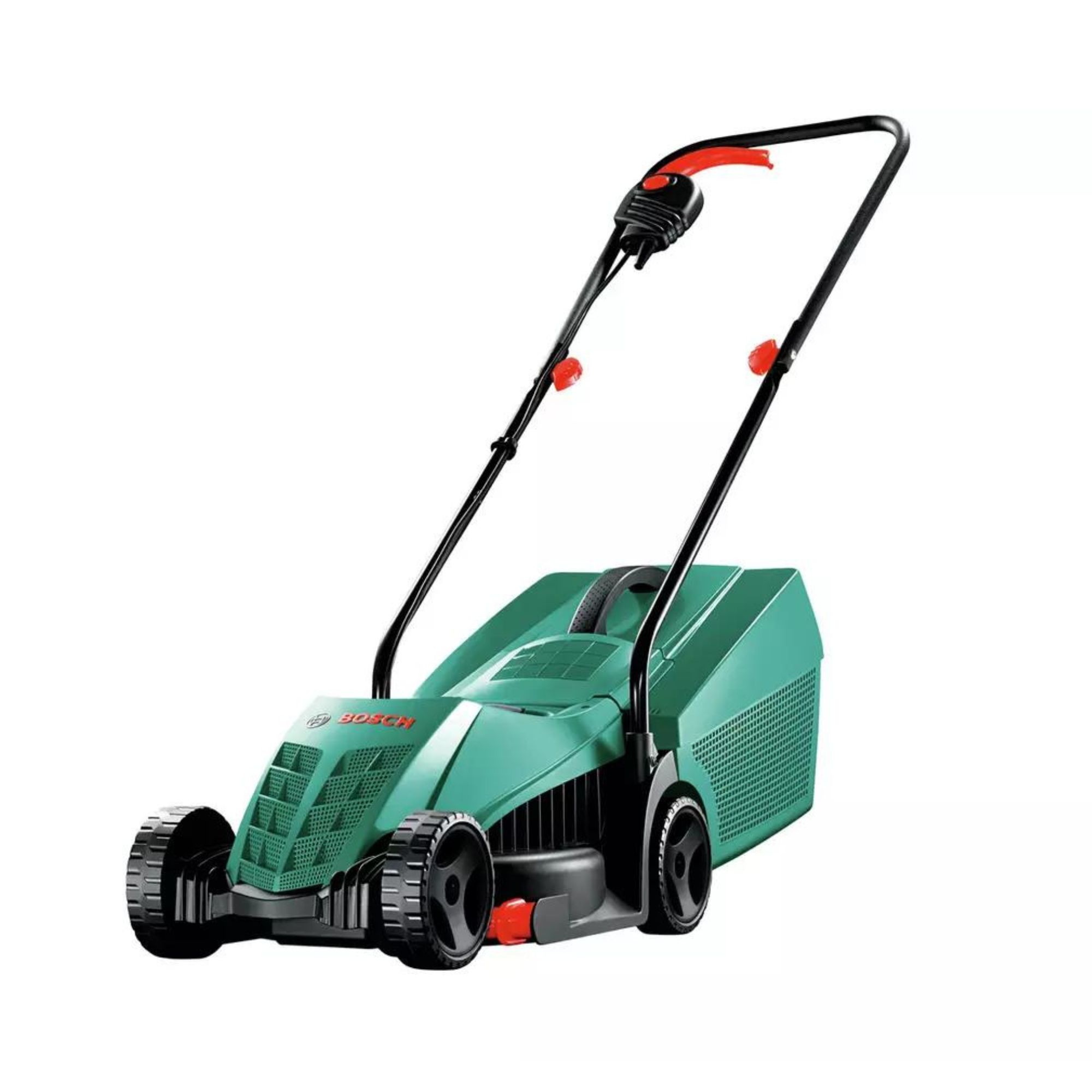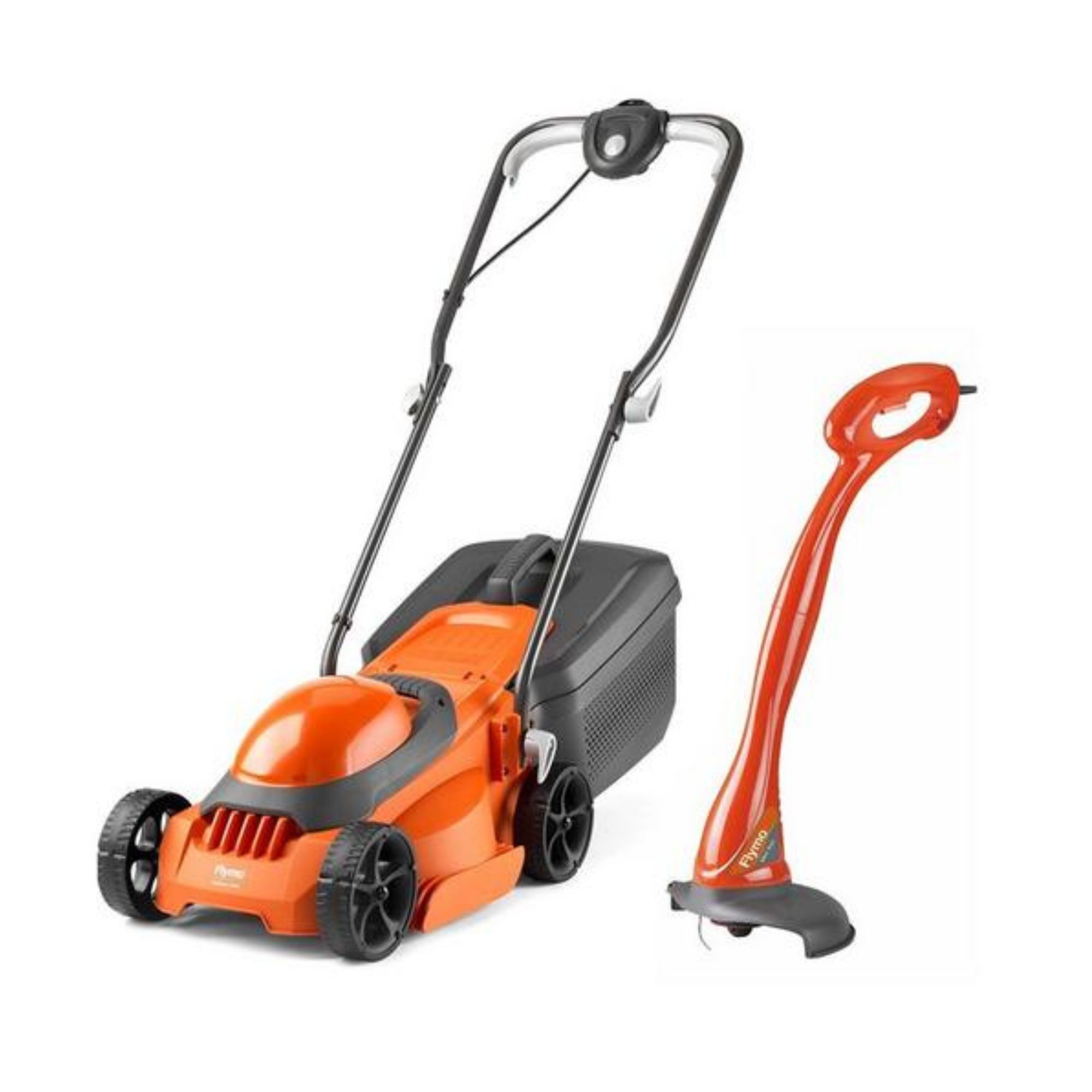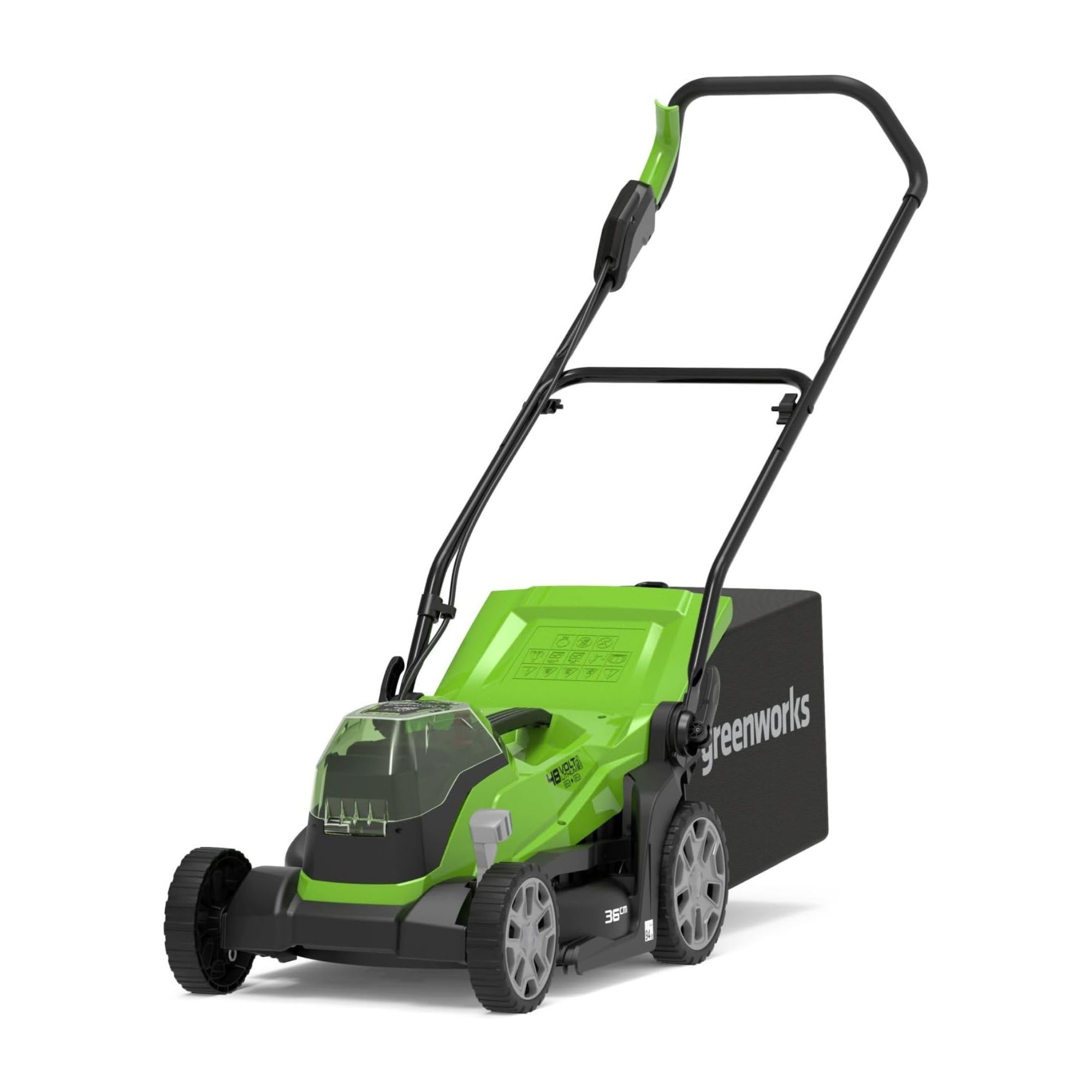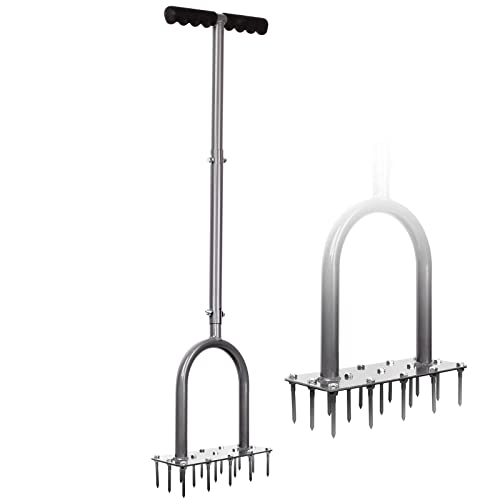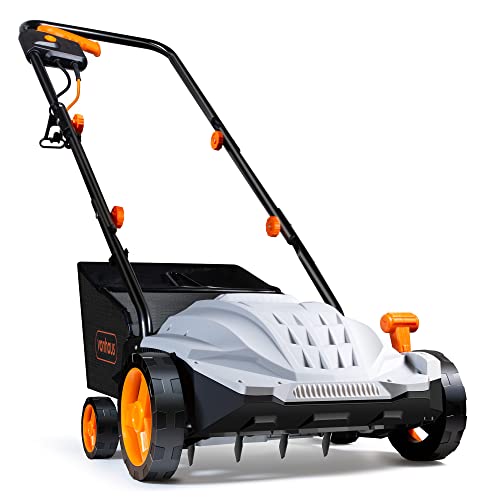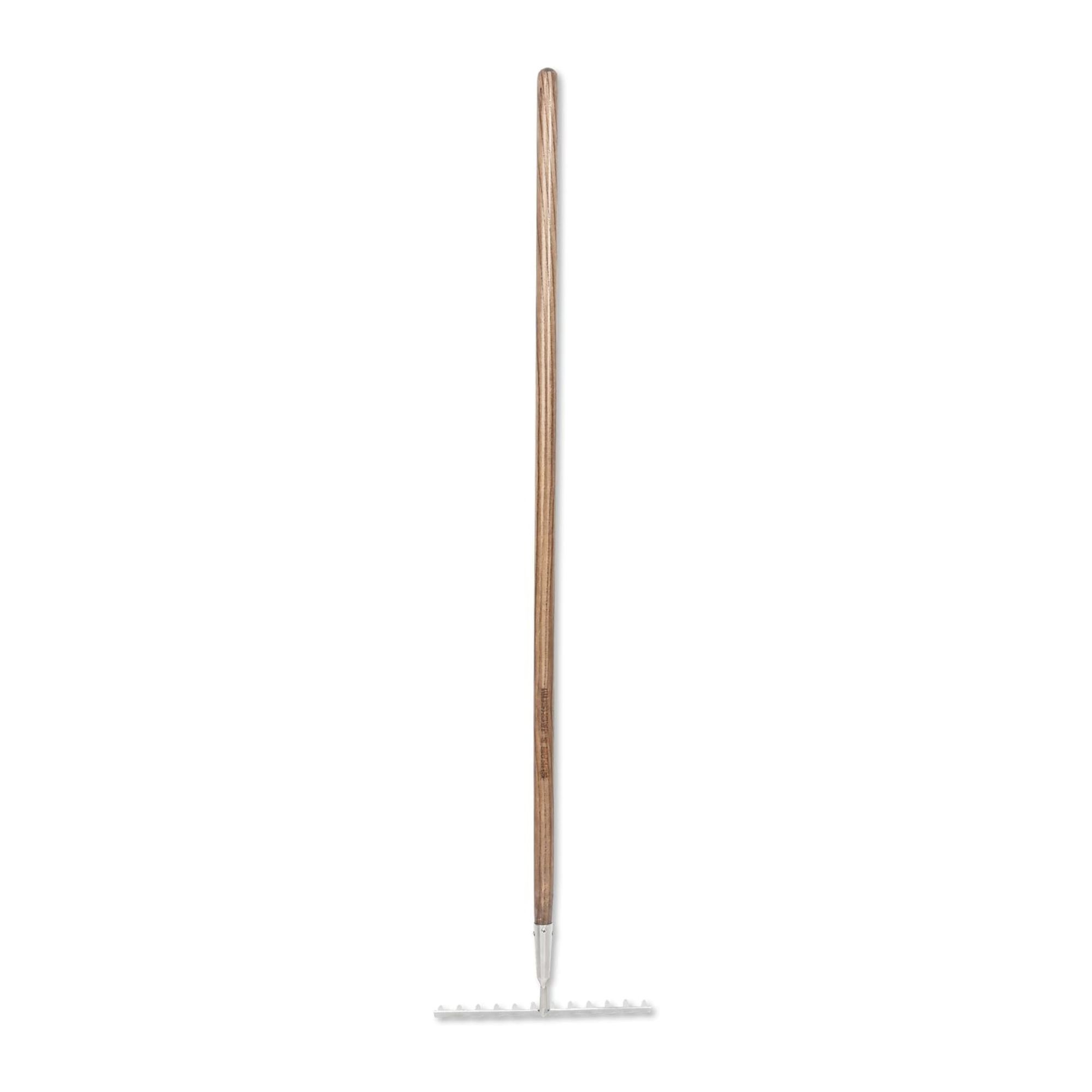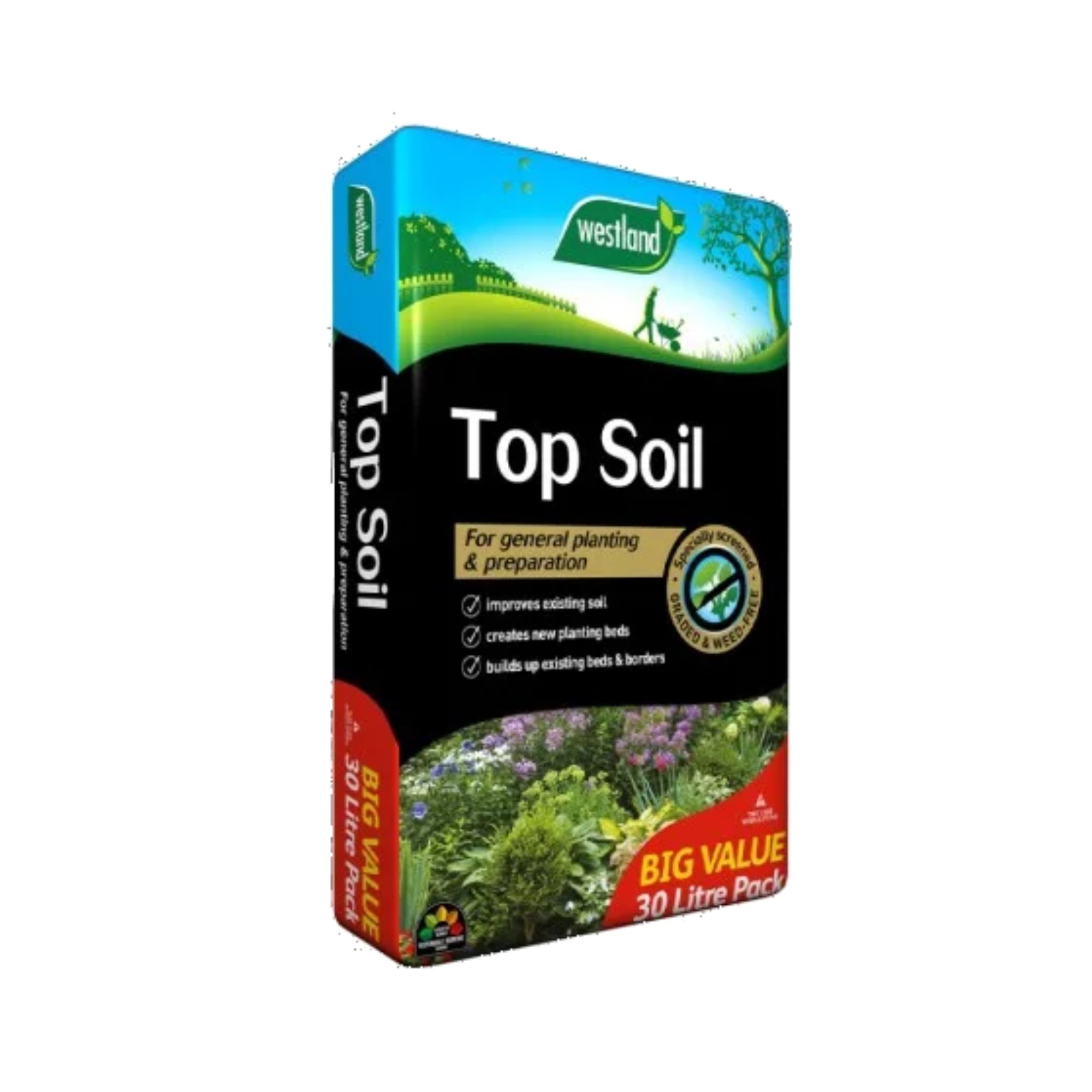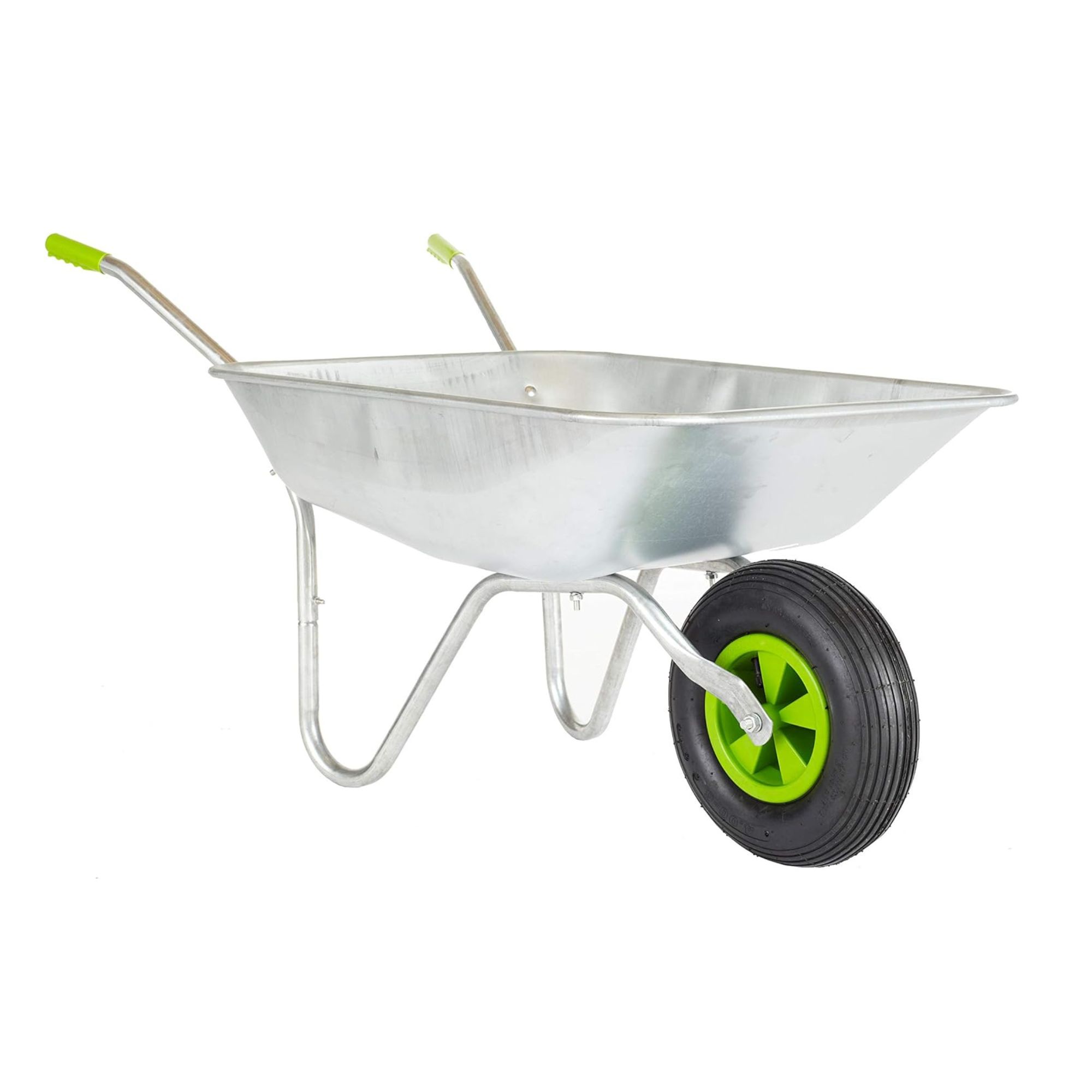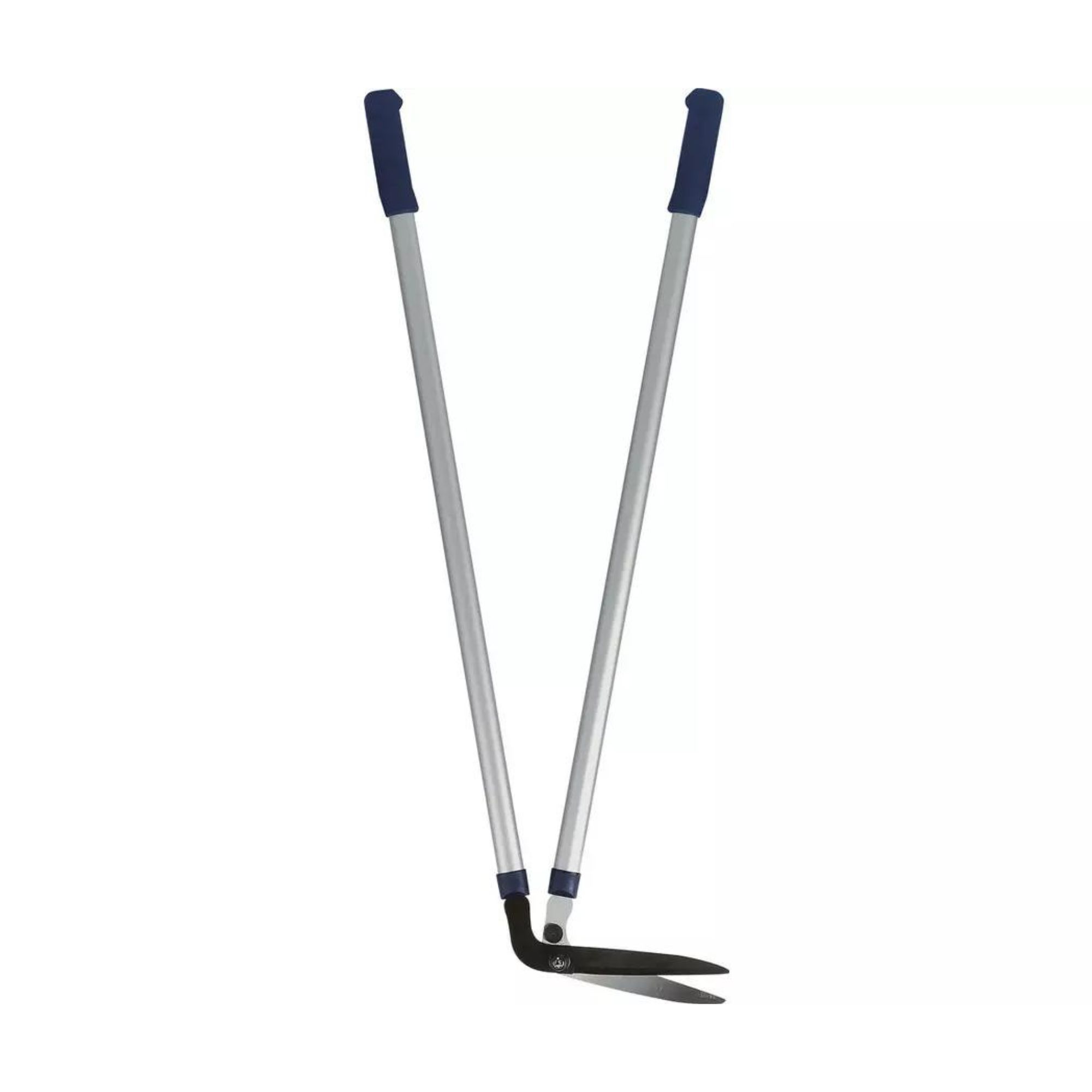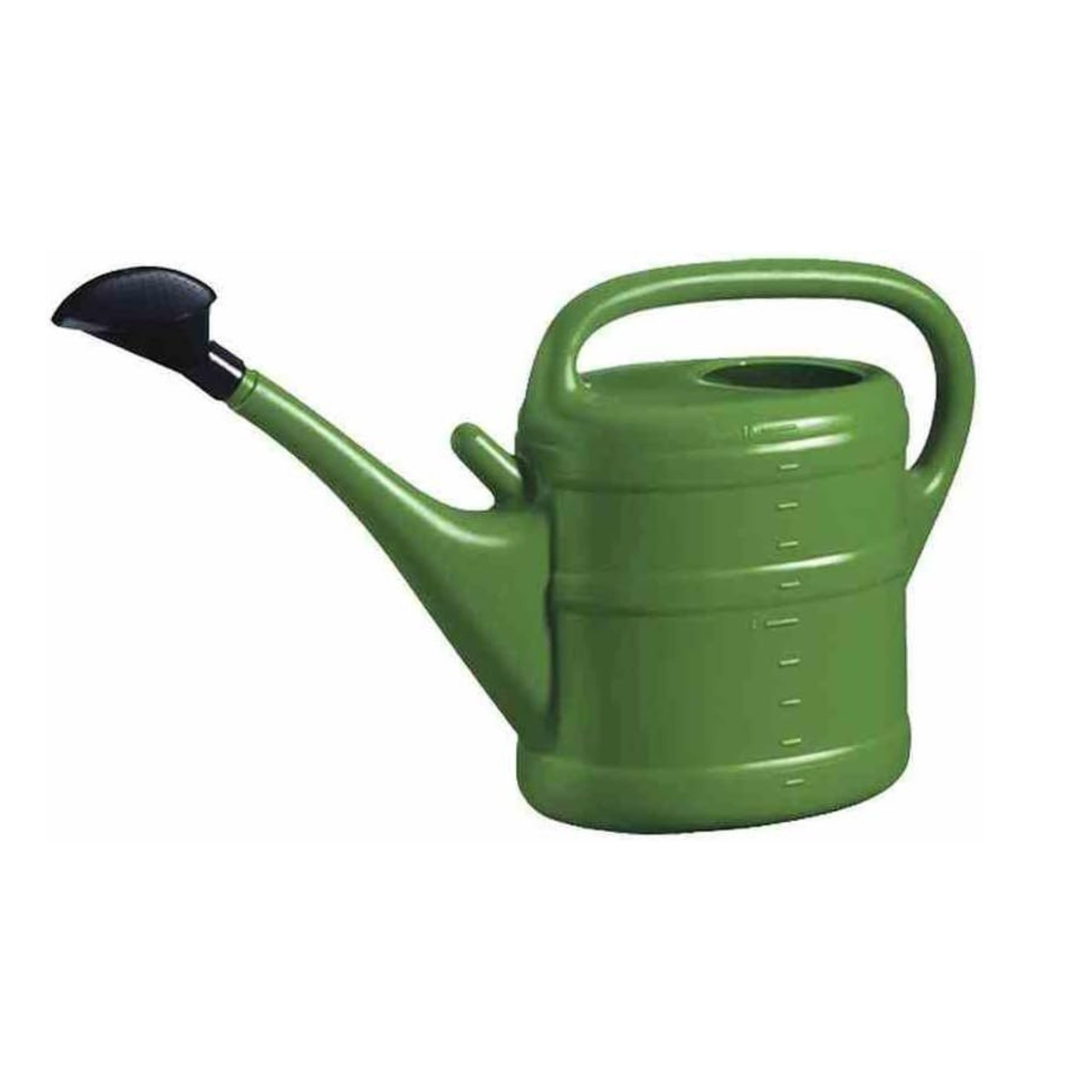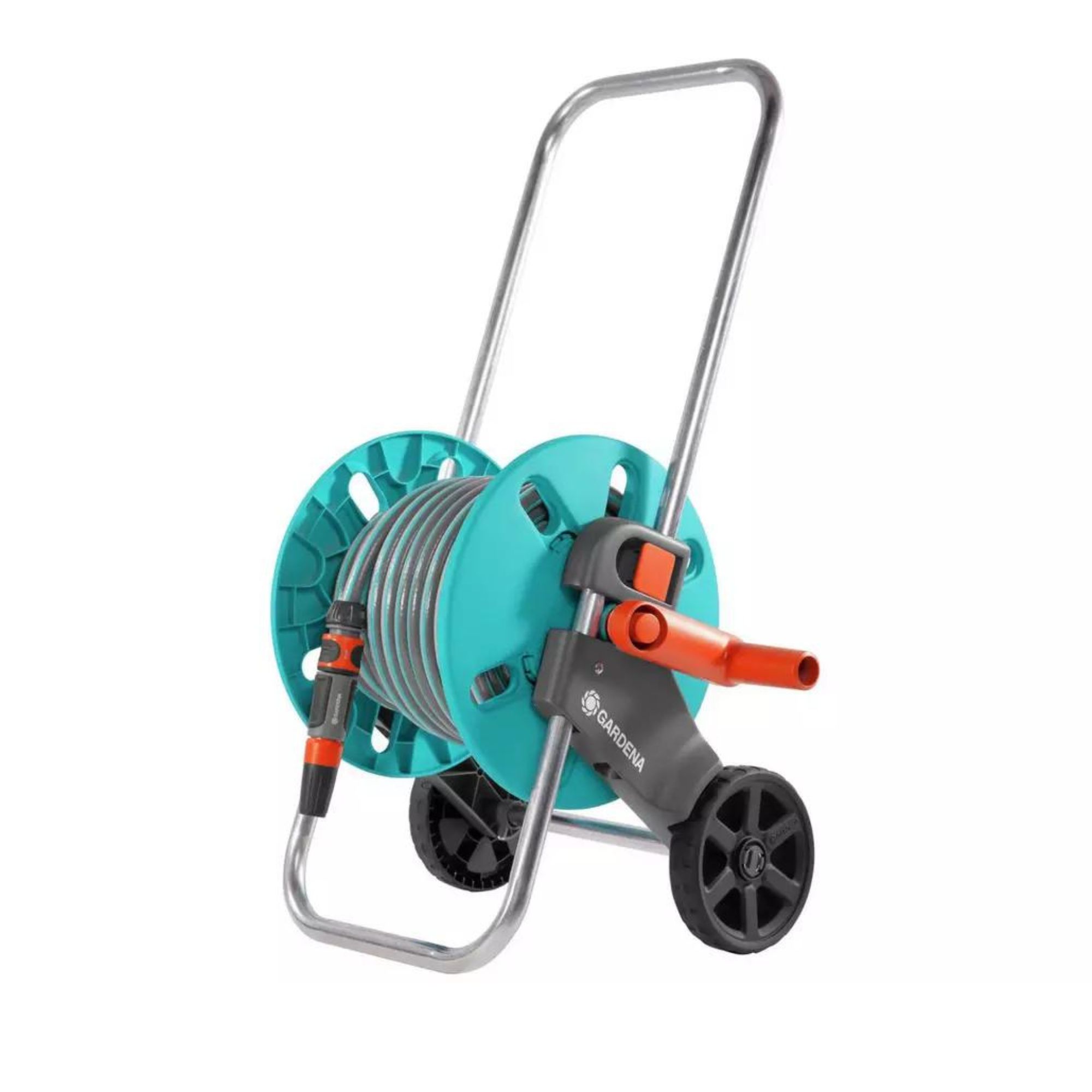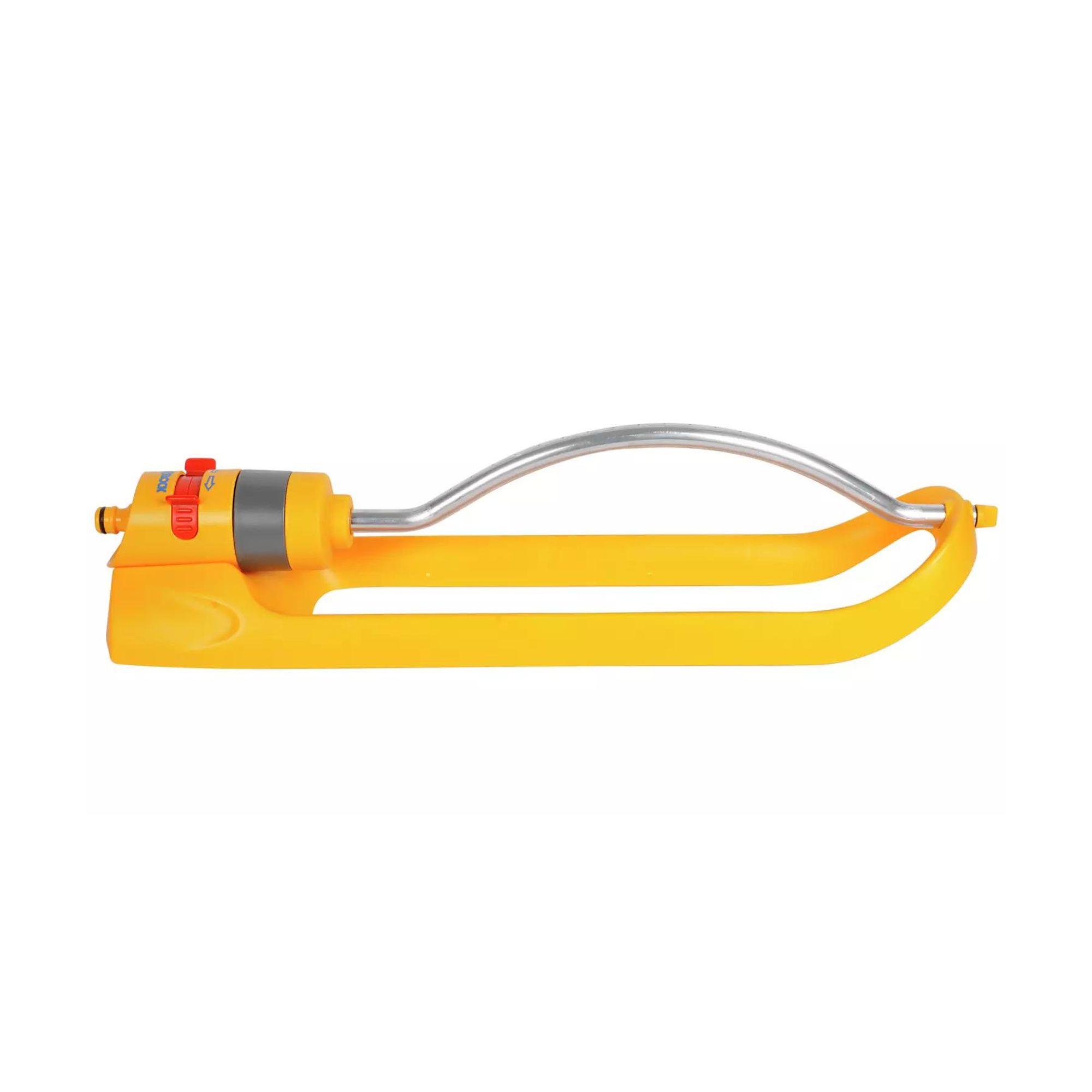Lawn care tips – 12 of the best ways to look after your grass year-round
The ultimate guide to healthy grass all year round

Our lawns experience it all: torrential rain in the winter, dry summer days, and everything in between. Luckily, learning a few lawn care tips will go a long way to keeping your grass in tip-top condition all year round.
Most lawn ideas require maintenance to stay in shape, so keeping up with a lawn care calendar is a must. We know that sounds daunting, though, and it can be hard to know exactly what your lawn needs.
That's why we've checked in with lawn and garden experts to compile a list of the best lawn care tips you'll need to keep your grass in check. Covering everything from mowing to improving drainage, you'll find everything you need in this comprehensive guide.
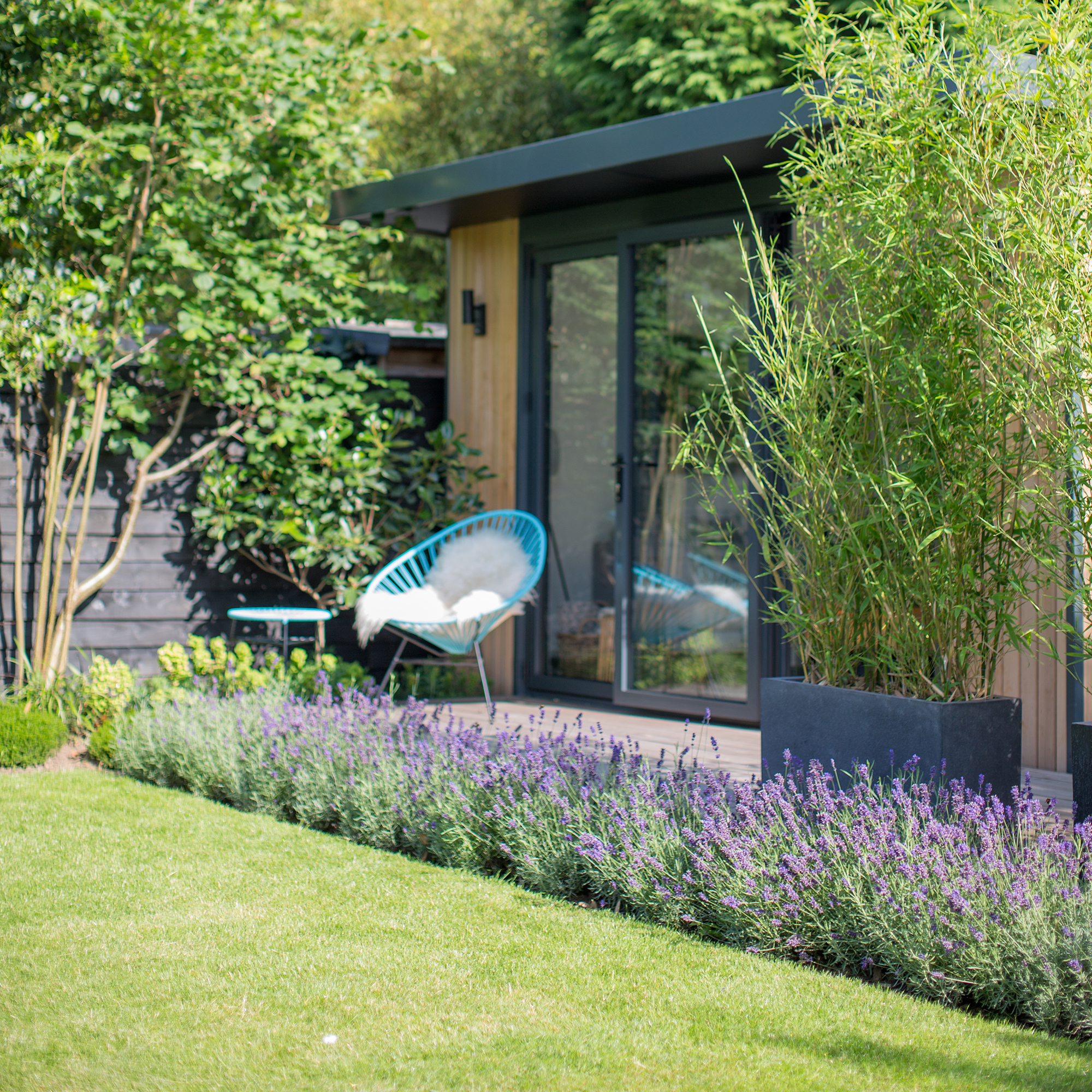
The best lawn care tips
'Having a beautiful, vibrant lawn is a great way to add value and beauty to your property and create a beautiful and relaxed setting,' says Josh Novell, garden plants expert and director of Polhill Garden Centre. 'To achieve a healthy lawn, there are several steps you can take.'
So that you can nurture a lawn that is healthy, happy and thriving, we've pulled together 12 of the best lawn care tips. Packed full of expert advice, our guide will tell you everything you need to know to achieve the perfect lawn, much to the envy of your neighbours.
Reviving your lawn
1. Fertilise the grass
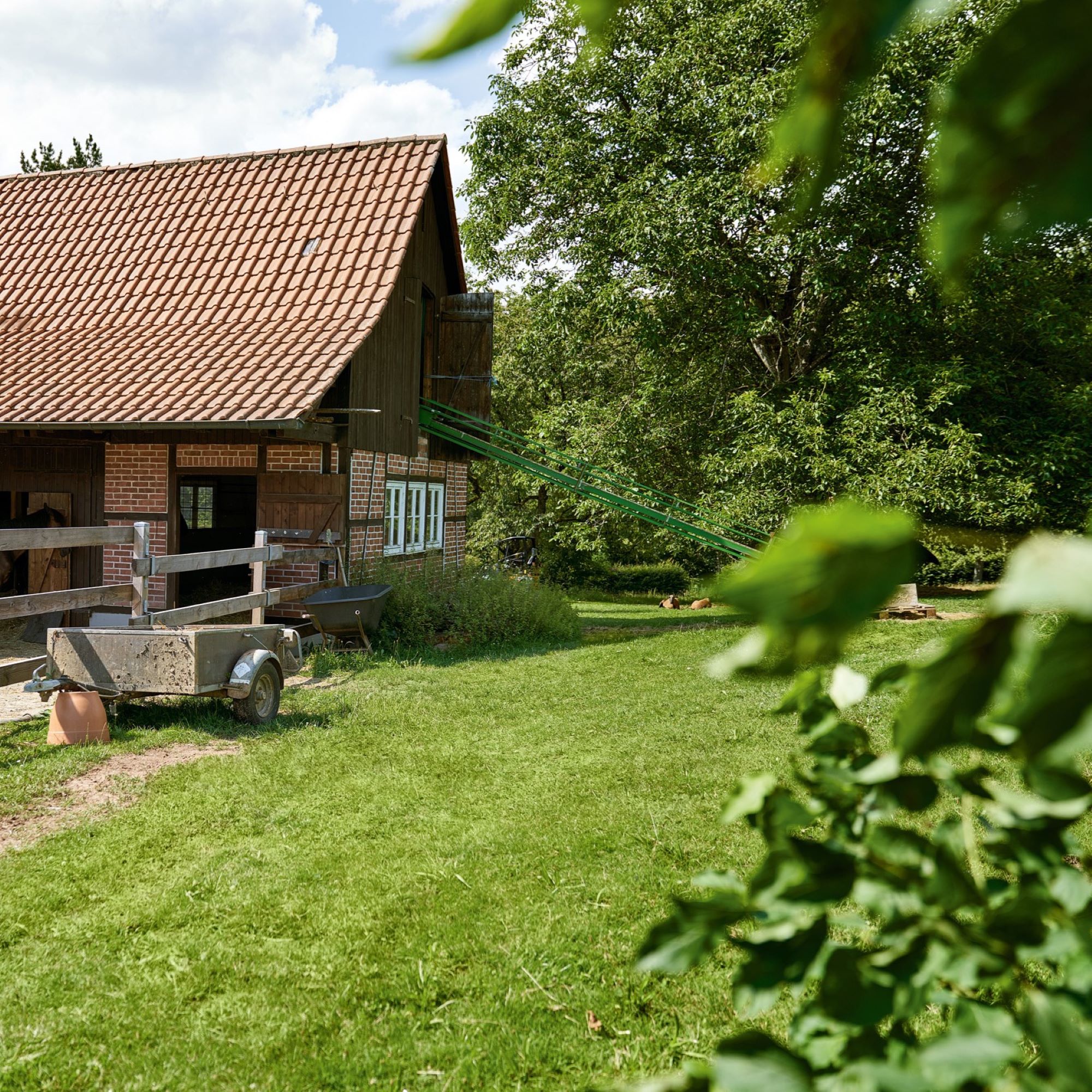
Learning how to revive your lawn after winter can transform your grass from dry and damaged to well-nourished and healthy, but you can also take steps to replenish your grass after summer, just before the colder weather sets in. Applying a fertiliser is the easiest way to do this.
'When it comes to feeding lawns, it's important to take a balanced, holistic approach,' says Steve Taylor, technical expert at GreenThumb, a leading UK lawn care brand.
'Usually in September, we are at the end of our high nutrition feeding program, but if you haven’t kept on top of your lawn care over the summer months, I'd advise applying a highly nutritious fertiliser to keep the grass strong and healthy through the early part of autumn.'
Make sure you have mowed, aerated, and removed any weeds or leaves from your lawn before fertilising. Then, spray a liquid fertiliser onto your lawn. Follow up with a light sprinkling of water to help it absorb into the soil.
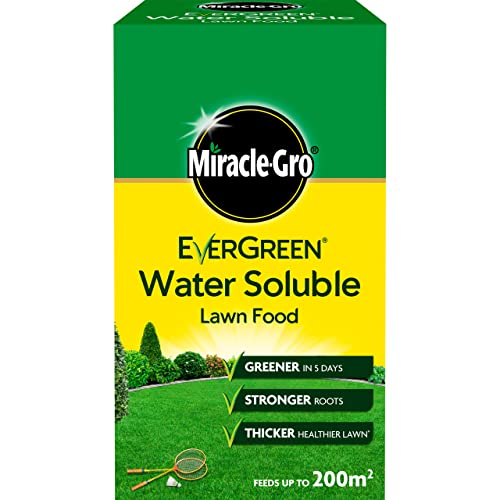
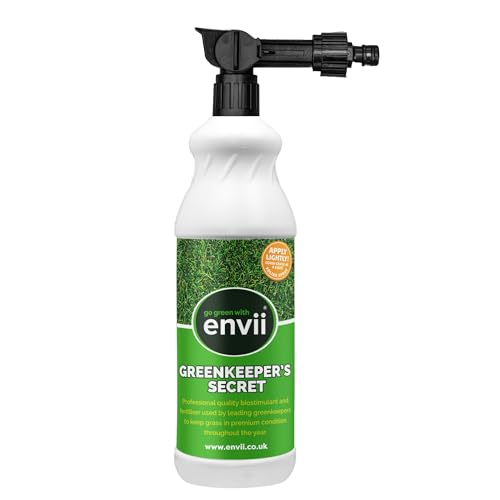
2. Get rid of leaves, weeds and thatch
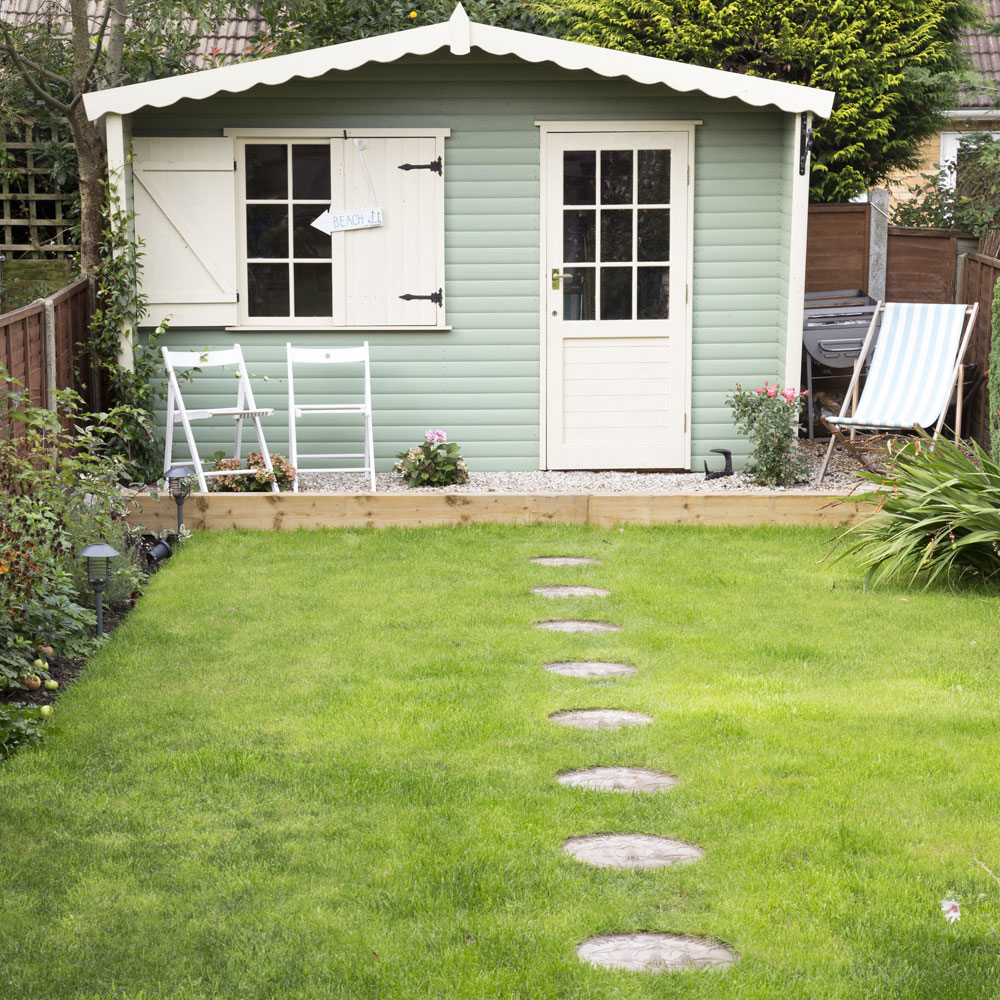
Removing debris, moss and dead 'thatch' from your lawn (i.e. scarifying your lawn) is essential when reviving your lawn after winter.
'If your lawn is prone to waterlogging or becomes too soft to walk on later in the season, scarifying in October is recommended,' says Steve. 'To prepare your lawn, be sure to cut the lawn a little shorter before scarifying. This allows the machine to get into the thatch and bring it up to the surface to be cleared off, allowing the lawn to breathe.'
If you're working with small garden ideas, use a spring-tined rake and a bit of physical effort. For larger areas, consider hiring or buying a scarifier with a motor, like this VonHaus Lawn Scarifier from Amazon, which will pull all the moss and dead organic matter out of the lawn, allowing light and air in. The debris will still have to be raked up and removed.
Clear leaves with a rake as soon as they fall so they don’t rot and damage grass. For clearing agricultural pests, there are a few ways you can learn how to kill weeds, either by hand, using a traditional daisy grubber, or a chemical treatment. Chemicals are less effort but make sure you follow the instructions to the letter to avoid over-treating and unnecessary damage.
Mowing your lawn
3. Maintain a mowing schedule
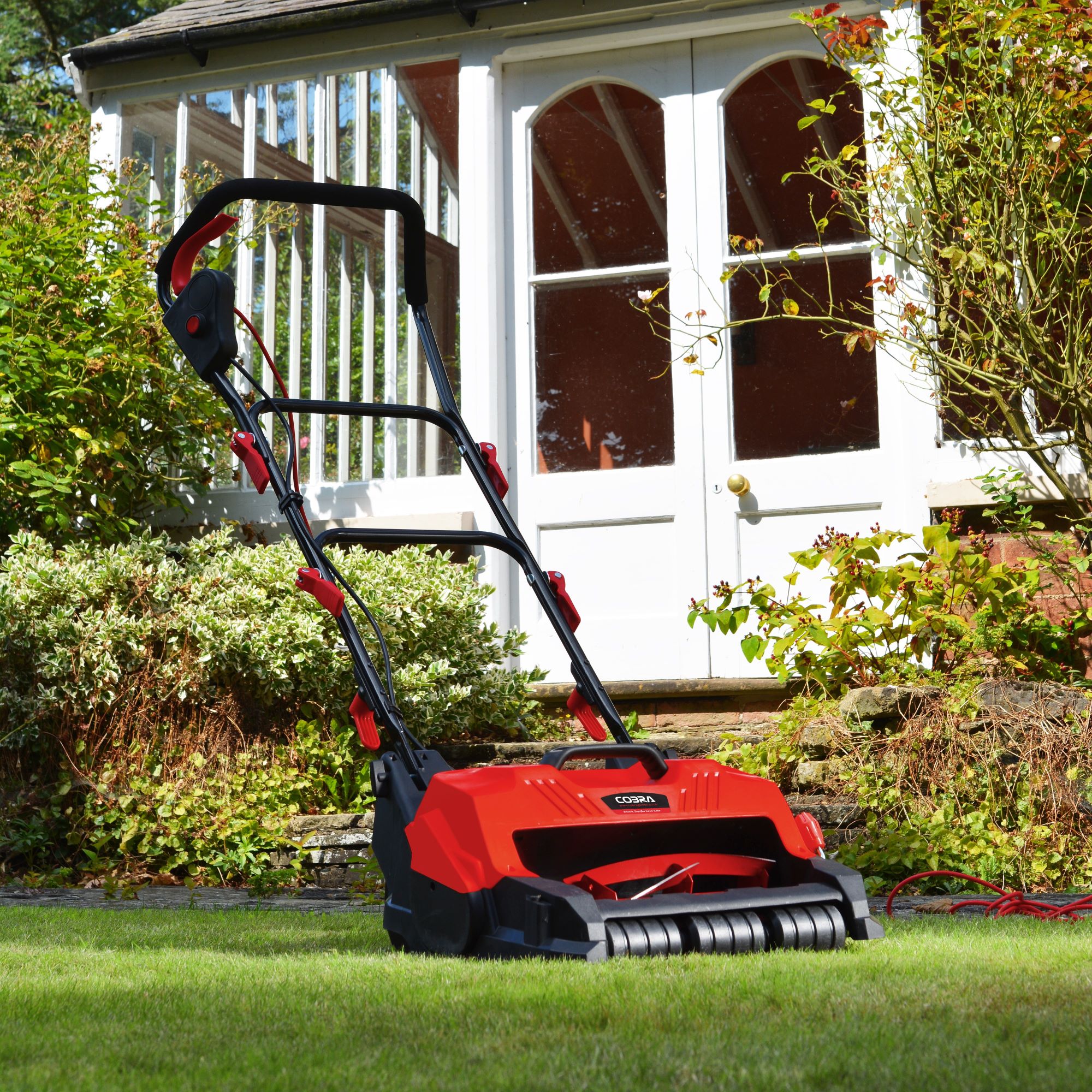
Mowing the lawn may not be the most loved chore for many of us, but it's important not to skip it, especially if you're implementing other lawn care tips.
'I generally recommend doing this once every two weeks or so depending on the growth rate of your particular type of turfgrass,' says Muhammed Haq, founder of Norfolk Garden Sheds. 'When mowing, always use sharp blades as dull blades will tear rather than cut through the grass which can cause damage to your lawn over time as well as lead to brown patches throughout your garden.'
Learning how to sharpen lawn mower blades will help you see the best results after mowing.
4. Adjust the cutting height with care
As temperatures fall in the autumn, you should gradually decrease the cutting height on your lawnmower to reach your desired grass length until it's time to stop cutting grass for winter.
'Grass will still grow when the mercury is above 8C to 10C,' says Chris McIlroy, lawn expert at The Grass People. 'Keep an eye on temperatures and rainfall and schedule in your last mow of the year before it's too late.'
It's also important to know when to start cutting grass after winter; wait until the frost has completely gone, or the grass might not be able to grow back properly.
'Ensure your mower is on a setting that will cut around 25% of growth, and leaves around three centimetres of grass length,' says Jamie Shipley, gardening expert at Hedges Direct. 'If your lawn is cut too short, there is less leaf area to take in oxygen and sunlight, slowing root development, and the blade could also damage the crowns of the grass plants.'
As the temperature starts to increase, you can then start to cut more grass when you mow the lawn. 'Cut grass with the lawn mower blades set high for the first few times, then use a good lawn feed to help your lawn look its best,' says Marcus Eyles, horticultural director at Dobbies.
Improving lawn drainage
5. Aerate your lawn
There are many ways to improve lawn drainage. Where lawns have become very compacted and are not draining well, use a lawn aerator.
It's a very simple tool that has hollow prongs that you push into the lawn like a fork, removing small plugs of soil. Learning how to aerate your lawn will ultimately help it drain faster.
This can also be done using a garden fork pushed into the lawn and wiggled around to break the soil and reduce the compaction. If you have a wet, soggy lawn, plunge a fork into the ground all over your patch. Go as deep as possible every 30cm or so, as this will aid drainage and encourage grass root growth for generally healthier grass.
'This simple process can rescue your lawn if it’s been suffering from compacted soil, as it improves drainage and the flow of nutrients, air, and water,' Jamie explains.
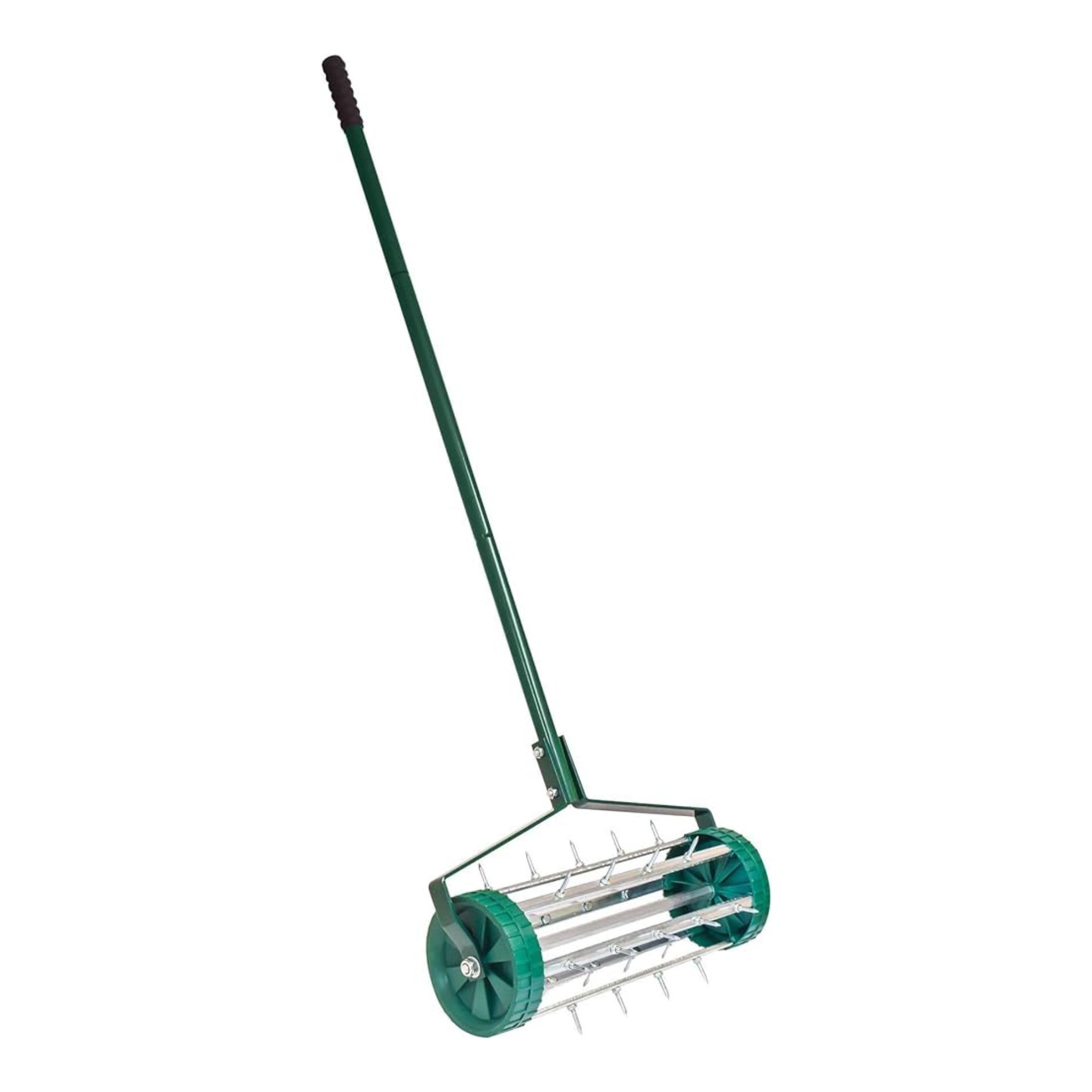
A roller lawn aerator like this is a brilliant idea for larger lawns, or even smaller areas if you want to take some of the work away.
6. Install a French drain

Although they’re not a common addition to gardens, French drains are becoming increasingly popular in the UK, especially in waterlogged gardens.
Matt Kent, landscape manager at Toolstation, says, 'If flooding is a regular issue, you may want to consider installing a French drain. This is a gravel-filled ditch with a perforated underground pipe to drain away the water.’
Installing a French drain requires digging in your garden, but it can make a huge difference to your lawn if you have a sloping garden, as it will take the water away from these boggy areas and to a more suitable drainage area.
Although you can install a French drain yourself, you should consider hiring a professional for this job.
7. Level your lawn
A garden that is full of bumps, dips, and holes is never going to have good drainage. The water will pool in the lower areas and fall away from the heavier areas, leading to a very patchy lawn. Levelling a lawn can help that.
Steve Chilton, garden expert at LeisureBench, explains, ‘Having an uneven lawn can cause many different problems, such as swamp-like conditions, difficulty when placing outdoor furniture, difficulty laying paving and decking, danger for children and, of course, an unattractive appearance.’
However, you have to make sure that you’re levelling your lawn correctly, so we’d suggest following our guide on how to level a lawn.

Steve is a passionate and knowledgeable garden expert with several years of experience within the field and has developed strong expertise for all things nature and plants. Steve is a keen educator and loves to share this knowledge with others. He strives to simplify complex garden practices and encourage eco-friendly gardening.
General maintenance for your lawn
8. Spruce up your lawn edges
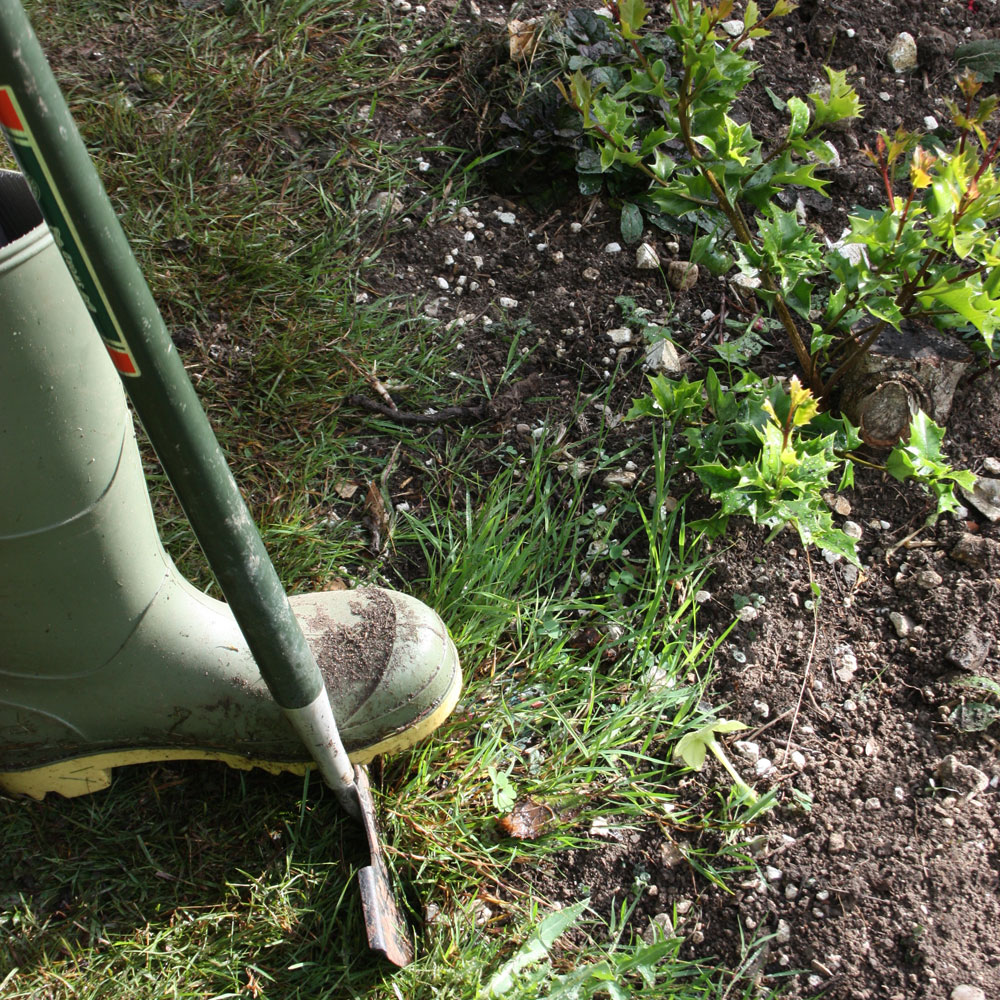
'Sometimes a mower can’t reach the edges of your garden, especially if you have a lawn that is against a wall or fence', Josh says. 'You may need to dedicate some time and use some gardening shears to trim down the edges.'
Use a half-moon edger a couple of times a year to keep your garden edging ideas neat. These tools are readily available and often very affordable and will define the line between flower beds and your lawn, making your whole garden look tidier instantly.
'Edging your lawn is a great way to instantly improve your lawn's general appearance', says Steve. 'It helps keep your garden looking neat and tidy, and is particularly good for shaping small gardens.'
9. Repair patchy grass areas
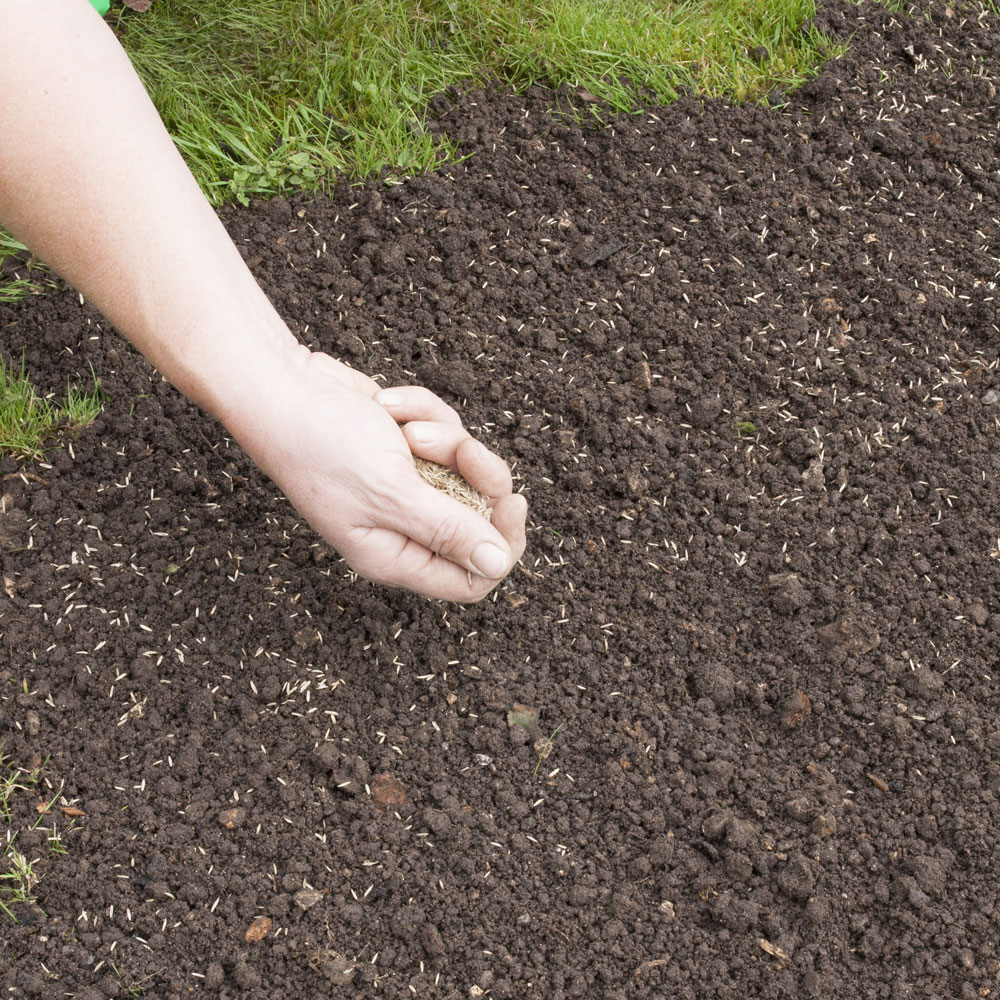
The best lawn care tips involve sowing grass seed to grow in damaged areas. Rake up the earth until it’s crumbly, then sow seed according to packet instructions. Water the area well, and don’t walk on it for several weeks.
'Sow new lawns or repair bare patches from April if weather allows, on ground that has been pre-prepared, levelled and firmed,' advises Marcus from Dobbies. 'If you are laying new turf, leave it undisturbed for a few weeks to allow time for new roots to establish.'
'You can spread the grass seeds by hand or there are grass seed-spreading tools that you can use,' says Josh from Polhill Garden Centre. 'It all depends on the surface area of your lawn and how meticulous you want it to be.'
It’s also very easy to overseed your lawn, which will result in even more vibrant and luscious grass.
10. Top-dress your turf
Top-dressing is a mix of soil, sand and well-rotted compost, but you can also buy pre-mixed bags. For a really well-kept lawn, brush some top-dressing over the grass at least twice a year – once in spring, and once in autumn, to correspond with the lawn's natural renovation periods.
Buying top-dressing in bulk, like this Rolawn Lawn Top Dressing Bulk Bag from Wickes, means you can keep it in your shed for years to come, and dip back into it at the appropriate times. Apply two lots, allowing a few days between each to let the mixture settle into any holes and dips. This will also encourage grass to thicken and put down more roots.
11. Give the grass a feed

'You should feed your lawn in the same way that you'd feed your plants and flowers,' says Steve from Leisure Bench. 'The best time to feed your lawn is just before it rains. This is so that when it does rain, the feed gets washed right down to the roots.'
Lawn feeds encourage grass to ‘green up’ and look healthy. Once you start feeding lawns they become dependent on it, so it’s important you don’t stop. Start in spring and get into a weekly routine during the main growing season but don’t over-feed as this can cause scorching.
'If you want to promote wildlife in your garden, avoid using weed killers on the lawn and allow clovers, bugle, and tiny trefoils to populate the lawn, all of which give bees something to feed on,' says Craig Roman from Dobbies.
12. Give grass a drink in dry spells
With temperatures in peak summer soaring in recent years, grass can often wind up yellow, parched and thirsty. Waiting for the next rainfall isn't enough if you want your lawn to look and stay healthy during dry spells, so the experts recommend manually watering it instead.
If you're wondering whether you can you water grass in the sun, the answer is yes, but you shouldn't do it too frequently. 'Over-watering your lawn can lead to damage as it becomes waterlogged and drowned,' Steve explains.
'It’s important to water your lawn deeply and less frequently to encourage deep roots,' Jack Sutcliffe, co-founder of Power Sheds expands. 'This will make your lawn more drought-tolerant and well-hydrated.'
FAQs
What is the best way to maintain a lawn?
If you're new to garden work, lawn care tips can feel a little overwhelming and it's difficult to know where to start. First of all, know when and how often to cut your grass.
It's important not to cut your grass too short, as it won't be able to absorb enough sunlight and oxygen to grow back properly. This is especially important for beginner lawns, where the grass tends to be shorter anyway.
'A new lawn needs a bit more attention and care than a lawn that has been there for a more extended period of time,' gardening expert Steve from Leisure Bench explains. 'This is because the grass is newer and fresher, and much less hardy and thick than grass that has been there for years.'
It's also a good idea to give your lawn a helping hand by adding a nourishing fertiliser. 'Fertilising your lawn helps to ensure healthy growth and a lush, green appearance,' says Jack from Power Sheds. 'But use the right fertiliser for your grass type and don’t overdo it – too much fertiliser can be harmful to your lawn.'
How do I keep my lawn healthy?
To keep a lawn healthy, there are a few simple rules to abide by:
- Stay off your lawn until you can walk across it without leaving footprints/sinking.
- Remove debris from lawn.
- Use a lawn aerator to help lawns drain.
- Feed and seed bare patches of grass.
- Avoid weed killers if you want to attract wildlife to your garden.
Follow these lawn care tips and your grass will thank you!
Get the Ideal Home Newsletter
Sign up to our newsletter for style and decor inspiration, house makeovers, project advice and more.
Jennifer is the Deputy Editor (Digital) for Homes & Gardens online. Prior to her current position, she completed various short courses a KLC Design School, and wrote across sister brands Ideal Home, LivingEtc, 25 Beautiful Homes, Country Homes & Interiors, and Style at Home.
- Katie SimsContributor
- Lauren BradburyContent Editor (House Manual)
- Sophie KingGardens Editor
-
 Wood drenching is the calming new twist on the colour drenching trend – here’s how to make the look work in your home
Wood drenching is the calming new twist on the colour drenching trend – here’s how to make the look work in your homeIt’s easier than ever to embrace natural materials
By Maddie Balcombe
-
 Aldi is launching a £200 day bed with four different features - its sleek design is suited to the whole family
Aldi is launching a £200 day bed with four different features - its sleek design is suited to the whole familyYou don't want to miss out on this Specialbuy
By Kezia Reynolds
-
 How to set up a drip watering system that saves water and a lot of effort
How to set up a drip watering system that saves water and a lot of effortKeep your plants hydrated (and your water bill down) with this clever garden watering solution
By Natalie Osborn

